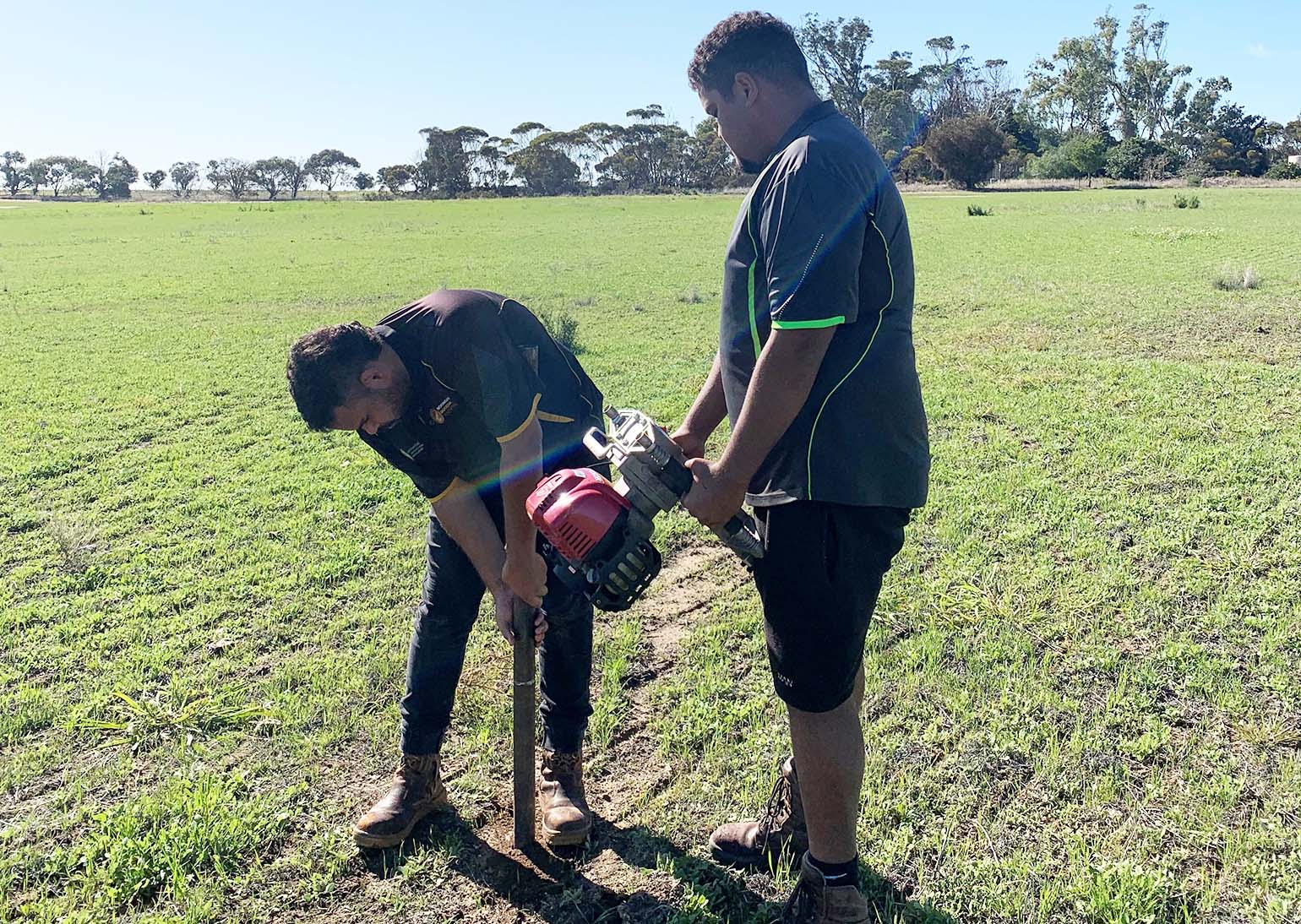The last decade or so has seen an increased recognition of soil biology’s role in crop and pasture production and ecosystem health. Scientific advances have provided new ways to measure the diversity, abundance and function of soil microbiota, delivering a range of soil biology metrics.
Landholders want to understand how they can use this information to manage soil biology for better soil health. The challenge is that many of the proposed soil health indicators are too general or too specific, change too quickly or don’t change quickly enough. This makes them difficult to interpret and apply to agronomic decision making.
The Soil CRC’s ‘Measuring soil microbes’ project is investigating which, if any, microbial indicators are strongly linked to agronomic or soil health outcomes, such as crop yield, soil structure, or nutrient availability.
Led by Dr Mick Rose at the NSW Department of Primary Industries, the project team has taken soil samples from five different experimental cropping sites, where different treatments have been applied to overcome site-specific soil constraints. The samples are being analysed to determine whether relationships between indicators and functions can be generalised, or whether they are site or seasonally specific.
“One of these field sites piggybacks on another Soil CRC project, ‘Overcoming soil constraints in highly calcareous soils’, in which a number of different treatments were applied prior to sowing in 2022, to improve crop growth in these hostile soils,” Dr Rose said.
“We measured soil microbial indicators in five of the 14 treatments, prior to sowing, at flowering and after harvest. Microbial indicators included carbon fractions, microbial biomass and diversity, and microbial activity, as well as specific pathogen, mycorrhizal and nematode phylogenetic groups measured by quantitative PCR (qPCR). Microbial indicator data were related to plant measurements including late (flowering) biomass, root health, plant nutrient analysis at flowering, and grain yield.”
The project team found that many of the more ‘general’ soil health indicators measuring soil carbon fractions, microbial biomass or enzyme activities, did not change significantly in response to the treatments designed to alleviate the soil constraints. Moreover, these indicators did not have strong relationships with measures of crop health, biomass or yield.
“This suggests they may not be particularly useful for monitoring changes to soil health over the short-term, but their utility to detect changes over the longer term will continue to be explored in the following seasons,” Dr Rose explained. “Because many of these measures are highly correlated (that is, giving similar information), measurement of a large suite of indicators in unlikely to be necessary for longer term on-farm monitoring.”
Dr Rose noted that in contrast to the more general indicators, the qPCR-based measures of specific microbial groups were able to pick up significant changes in response to some treatments.
“In particular, we were able to demonstrate that the treatment involving fungicide application brought about the desired effect of reducing the load of the soilborne pathogen Rhizoctonia,” he said.
“We also found that this treatment reduced the levels of two groups of mycorrhizal fungi. Although this would generally be considered as an undesirable side-effect because mycorrhizal fungi can assist in plant nutrient and water acquisition, there was no net negative effect on crop health. Treatments containing phosphoric acid and trace elements also reduced the prevalence of Pythium in the soil at flowering.”
Interestingly, Pythium and Rhizoctonia levels were found to have strong relationships with root health and crop yield, respectively. Together, these findings demonstrate that qPCR-based analysis of microbial phylogenetic and functional groups is a promising tool for better understanding how and why different management practices act on the soil biology to improve (or degrade) crop health.
Dr Rose said ongoing project work will continue to monitor this and other sites around Australia to better understand the spatial and temporal dynamics of the different indicators, and their relationships to crop health and other soil functions.
At the end of the project, recommendations will be made on which, if any, microbial indicators should be included as routine monitoring tools for increased agricultural productivity and resilience to environmental stresses such as drought.
This information will be relevant to both farmers at a local scale and to soil health condition monitoring at a regional and national scale.
Find out more about this project
Read the case study in the Eyre Peninsula Farming Systems Summary 2022

